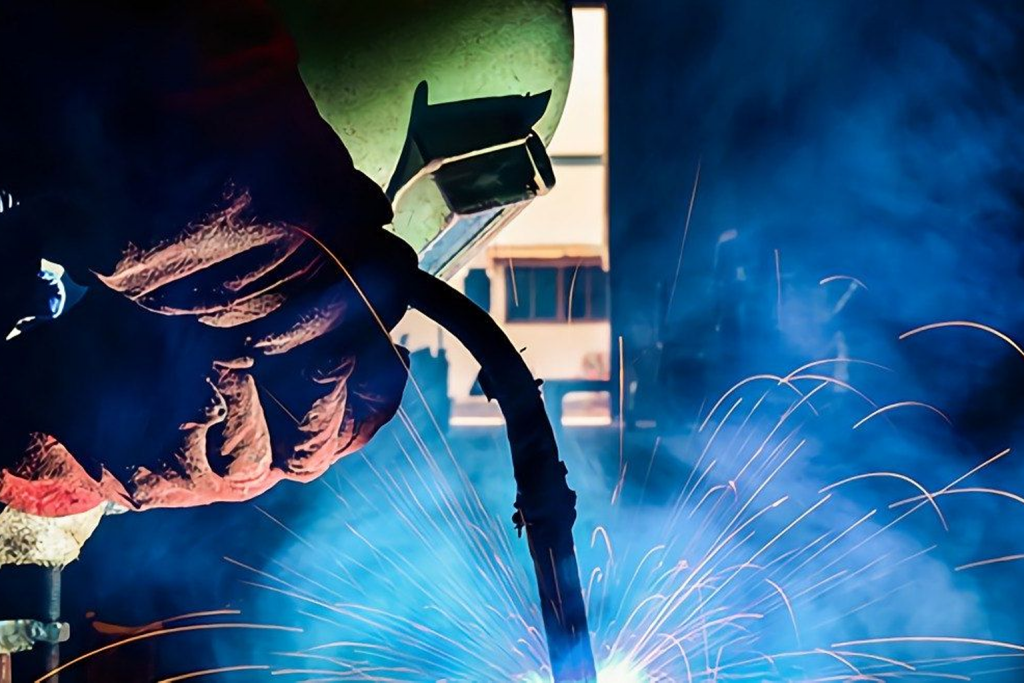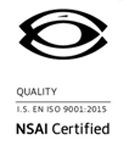Welding is performed to join different types of metals or thermoplastics. It helps creates strong and secure joint in comparison to other methods of metal bonding. At BEPeterson, we engage in various types of metal welding processes. All these welding is performed using various types of automatic, semi-automatic, and manual welding equipment. This post introduces you to our welding processes.
Different Types of Welding Processes at BEPeterson
The following are different types of welding services provided by us:
1. Gas Metal Arc Welding (GMAW): Gas metal arc welding also known as Metal Inert Gas (MIG) welding is a semi-automatic welding process. In this process, an electric arc is created between the consumable wire electrode and the workpiece metals using a power supply, and consumable wire electrode. The work piece melts and fuses under the heat produced by the electric arc.
Advantages of GMAW Welding
- GMAW welding offers efficient weld penetration. This ensures more strength in the welding process with smaller weld sizes.
- MIG welding produces less fumes in comparison to other types of welding.
2. Gas Tungsten Arc Welding (GTAW): Gas Tungsten Arc Welding or Tungsten Inert Gas (TIG) welding utilizes a non-consumable tungsten electrode and the work metal. An electric arc is formed between the tungsten electrode and the metal to be welded. A shielding gas is used around the weld to shield it from the surrounding environment. This welding process is used in aerospace industries, or welding thin workpieces of non-ferrous metals.
Advantages of TIG welding
- This method produces higher quality and visually appealing welds.
- TIG welding is employed for welding thin sections of the metals or various types of delicate workpieces.
3. Flux-Cored Arc Welding (FCAW): Flux-cored arc welding is a semi-automatic or automatic arc welding process. It requires continuously consumable tubular electrode having flux, and a constant voltage source. This welding is suitable for industries where endless amounts of welding is necessary. FCAW is ideal for mild and steel alloys, high nickel alloys, and stainless steels.
Advantages of FCAW Welding
- High deposition rate is possible with this type of welding.
- There are less chances of porosity.
4. Submerged Arc Welding (SAW): In submerged arc welding, an arc is formed between a continuously fed bare wire electrode, and a workpiece. This is a fully mechanized automatic welding process. Most common applications of submerged arc welding include welding in stainless steel, alloy-steels, and carbon-manganese steel.
Advantages of SAW Welding
- This welding technique results in the production of high quality weld with limited operator skills.
- Thicker sections in any metals or materials are taken care by this welding.
Welding process is critical for any industrial fabrication project. Hence, it’s important to understand their basic differences. All welding operations at BEPeterson conform to ASME Sect 9 & AWS D1.1, D1.6 standards. Our well-equipped facility allows us take up diverse complex projects, and meet a vast range of customer requirements.


